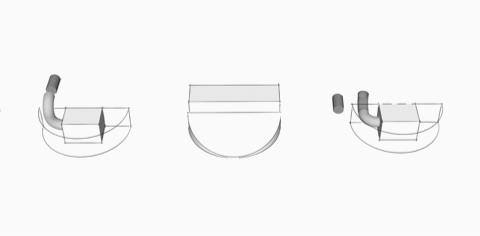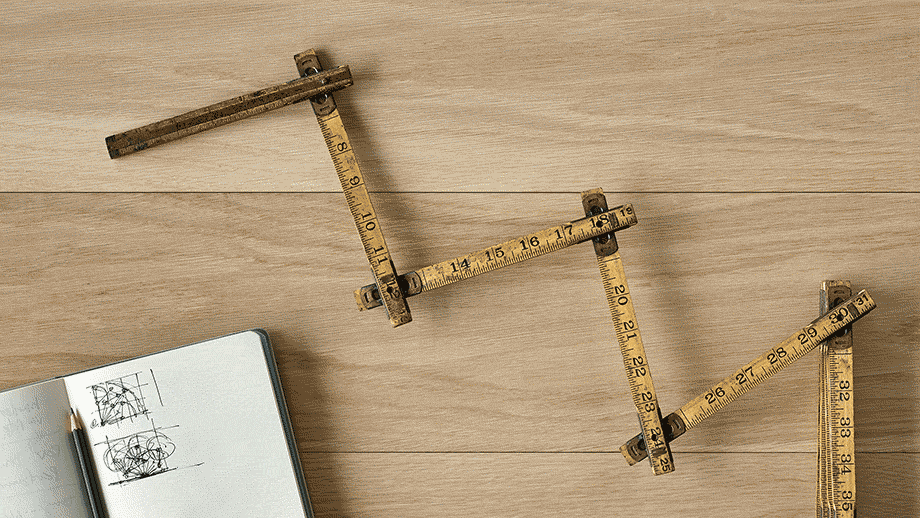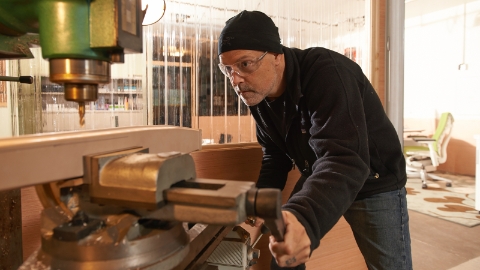
Brian Alexander says he’s been thinking about a better way to distribute power in open plan offices since the early nineties. That was when he noticed workplaces beginning to change in distinct ways: people were becoming more mobile, and organizations were replacing cubicle systems and interior walls with freestanding groupings of furniture that people could move between throughout the day. With panels and walls, you had a natural system of power delivery,” he says. “[Without those], you plug it in, and it stops at the first island of furniture.”
Open plan offices didn’t have the infrastructure to deliver power to islands of furniture, and grid-based planning constructs—like trenching for cables—limited where and how far power and data could go. “The trenching always went with the grid of the building,” he explains. Complicating the problem, people working in offices expect power and data to be where they need it, when they need it. But as Alexander notes, “Electricity doesn’t work like Wi-Fi. If you tried to broadcast power through the air, it’d cook you; that’s called a microwave.”

He set out to create the next best thing: a system that liberates electricity from the traditional grid, connecting islands of furniture to power and data directly and efficiently, no matter where they’re located. As he began prototyping, he imagined it as “kind of like an organic structure, where something grows until it hits a point, stops, branches off in other directions, and never runs into itself.” Well into his work on Logic Reach, he happened to glance at his grandfather’s antique ruler. “You’d pop this thing open, and it would fold out and out and out to, like, a yard on these brass hinges. And I thought, ‘Hey—that’s exactly like what I’m working on.’” The result, Logic Reach, feels natural and inevitable: an intuitive power and data distribution system that branches out, finally connecting the dots of the open office.
